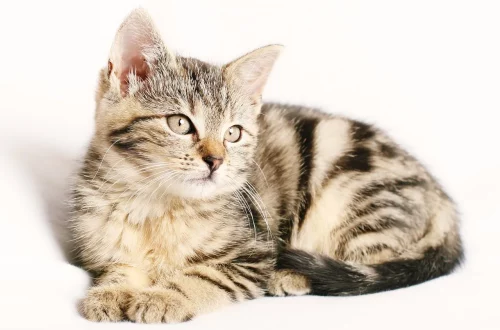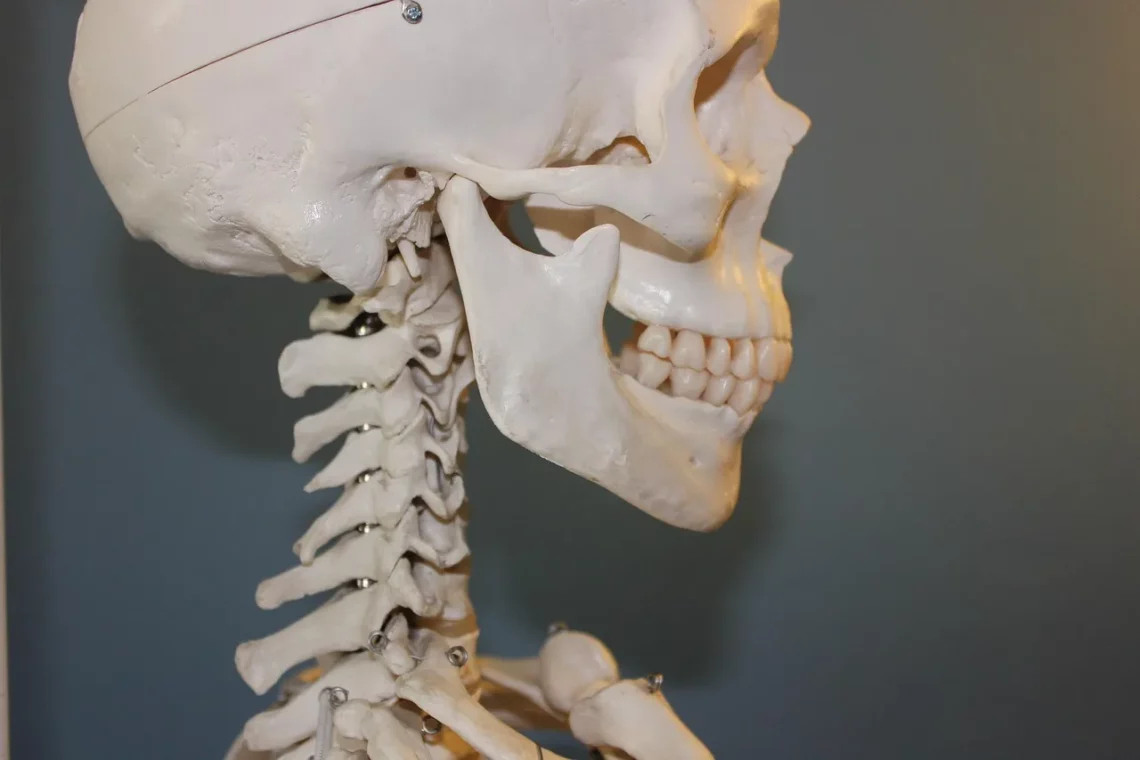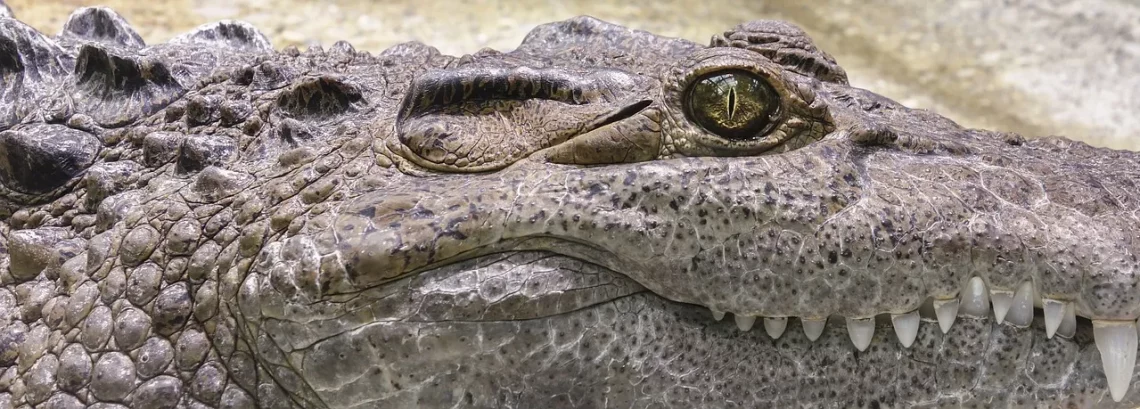-
Understanding Animal Gastrointestinal Health and Its Importance
Understanding the intricacies of gastrointestinal health in animals is crucial for pet owners, veterinarians, and anyone involved in animal care. The gastrointestinal tract plays a vital role in an animal’s overall well-being, impacting digestion, nutrient absorption, immune function, and even behavior. A healthy gut helps ensure that animals receive the maximum benefit from their diets, while also preventing a multitude of health issues. The gastrointestinal system is a complex network that processes food, absorbs nutrients, and eliminates waste. It consists of various organs, including the stomach, intestines, and accessory organs like the liver and pancreas. Each component performs specific functions that together support the animal’s nutritional needs and health. Understanding…
-
Can Cows Eat Catnip? Exploring the Effects on Their Diet
Cows have long been recognized as herbivores, primarily grazing on grass, hay, and various forms of forage. However, the exploration of their dietary habits often leads to interesting questions about what other types of plants might be beneficial or detrimental to their health. One such plant that piques curiosity is catnip, known scientifically as Nepeta cataria. Traditionally associated with feline behavior, catnip has gained attention for its potential effects on other species as well. In agricultural practices, understanding the dietary preferences and tolerances of livestock is essential for optimizing their health and productivity. Farmers often seek to diversify the diets of their cattle to enhance nutrition and improve overall well-being.…
-
How Heavy is a Horse? Understanding Equine Weight and Variability
Understanding the weight of a horse is a fascinating yet often overlooked aspect of equine care and management. Horses, as majestic creatures, come in a wide range of sizes and breeds, each with its unique characteristics. The weight of a horse can significantly vary based on several factors, including breed, age, diet, and overall health. This variability in weight not only affects the horse’s physical capabilities but also plays a crucial role in its care, training, and performance. For horse owners, understanding their equine companions’ weight is essential for various reasons. Accurate weight assessment is vital for determining the correct dosage of medications, ensuring proper nutrition, and managing health concerns…
-
How Much Do Horses Weigh? Understanding Equine Weight Ranges
Understanding the weight of horses is crucial for various reasons, from their health and nutrition to their suitability for specific activities. Horse owners, breeders, and enthusiasts often find themselves curious about this subject as it can significantly influence the care and management of these majestic animals. Weight can vary widely among different breeds, ages, and individual horses, which makes comprehension of equine weight ranges essential for anyone involved in horse care. Equine weight can impact everything from the type of feed a horse requires to the kind of saddle and equipment that is appropriate for them. Knowing a horse’s weight helps in assessing its overall condition, as being underweight or…
-
Do Cats Have Penises Understanding Feline Anatomy and Reproduction
Understanding feline anatomy and reproduction is essential for cat owners and enthusiasts alike. Cats, like many other animals, have unique biological characteristics that contribute to their reproductive health and behavior. While many pet owners may be familiar with the basics of feline care, understanding the deeper aspects of their anatomy can provide valuable insights into their health and well-being. Felines are known for their mysterious allure, often exhibiting behaviors that can perplex their human companions. One aspect that often raises questions is their reproductive anatomy, particularly regarding male cats. The anatomical differences between male and female cats play a crucial role in understanding their mating behaviors and reproductive cycles. In…
-
Understanding Dog Internal Anatomy: A Comprehensive Guide
Understanding a dog’s internal anatomy is essential for any dog owner, trainer, or enthusiast. Dogs, like humans, possess intricate systems that work harmoniously to maintain their health and well-being. Understanding the anatomy of a dog not only deepens our bond with these beloved companions but also equips us with the knowledge necessary to recognize potential health issues and engage in responsible pet care. From the skeletal structure to the digestive system, each component plays a critical role in the overall function of a dog’s body. The internal organs are not only vital for sustaining life but also for ensuring that a dog can perform daily activities, from running and playing…
-
Understanding Dog Internal Anatomy: A Comprehensive Guide
Understanding the internal anatomy of dogs is essential for any pet owner, breeder, or veterinary professional. Dogs, like humans, have complex biological systems that work together to maintain health and functionality. By understanding these systems, we can better appreciate our canine companions’ needs, improve their care, and recognize signs of potential health issues. The internal anatomy of dogs is a fascinating subject that encompasses various organs, systems, and structures, each serving specific functions vital for the overall well-being of the animal. From the skeletal framework that supports their body to the intricate network of nerves that facilitate communication throughout their system, each component plays a significant role. Additionally, understanding dog…
-
Understanding the Feline Teeth Diagram: A Guide to Cat Dental Anatomy
Understanding the dental anatomy of cats is essential for any cat owner, pet enthusiast, or veterinary professional. Feline dental health plays a crucial role in the overall well-being of our beloved companions. Just like humans, cats require regular dental care to maintain their oral hygiene and prevent various dental diseases. While many pet owners may focus on physical attributes such as fur, size, and behavior, the importance of understanding a cat’s teeth and gums should not be overlooked. Cats possess a unique dental structure that has evolved over thousands of years to suit their predatory lifestyle. Their teeth are specialized for hunting, grooming, and consuming their prey, which includes small…
-
Understanding Horse Life Expectancy and Its Influencing Factors
Understanding Horse Life Expectancy and Its Influencing Factors The majestic horse has captured the hearts of humans for millennia, serving as companions, work animals, and athletes. Their beauty and strength are matched only by their intelligence and sensitivity. As owners and enthusiasts, understanding the life expectancy of horses is crucial for providing optimal care throughout their lives. While horses are known to have a lifespan ranging from 25 to 30 years on average, this can vary significantly based on several factors. The factors that influence a horse’s longevity are multifaceted and can include genetics, diet, living conditions, and the level of veterinary care received. Additionally, the breed of the horse…
-
Exploring the Anatomy and Function of the Canine Skull
The canine skull is a remarkable structure that serves not only as a protective casing for the brain but also as a vital component of a dog’s overall anatomy. Understanding its design and function provides insights into the evolutionary adaptations of dogs and their diverse roles as companions, workers, and hunters. The skull is a complex assembly of bones that form various joints and cavities, enabling essential functions such as feeding, communication, and sensory perception. In dogs, the skull varies significantly in shape and size depending on the breed. From the broad, flat skulls of bulldogs to the elongated skulls of greyhounds, these differences reflect a variety of functions and…






































